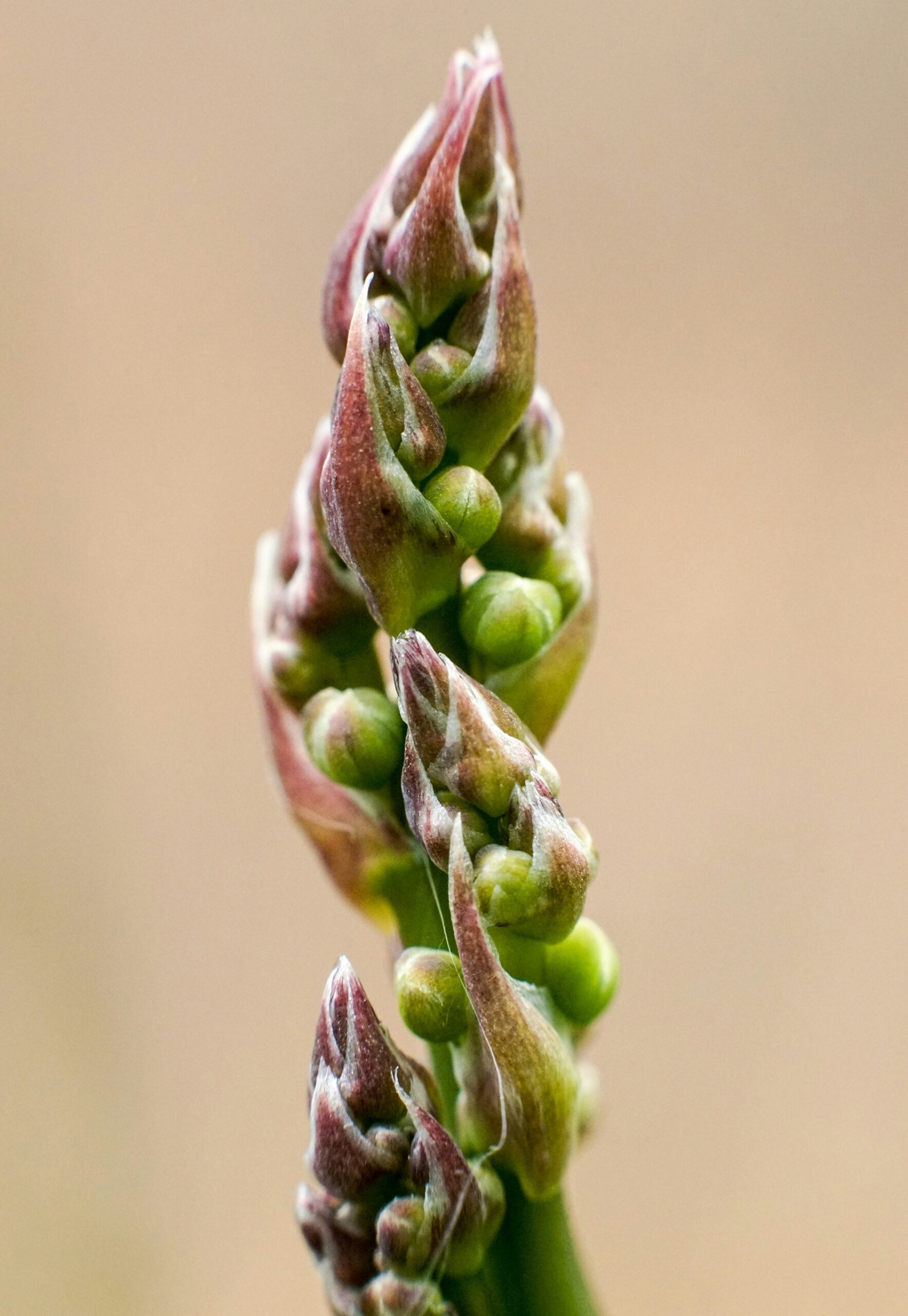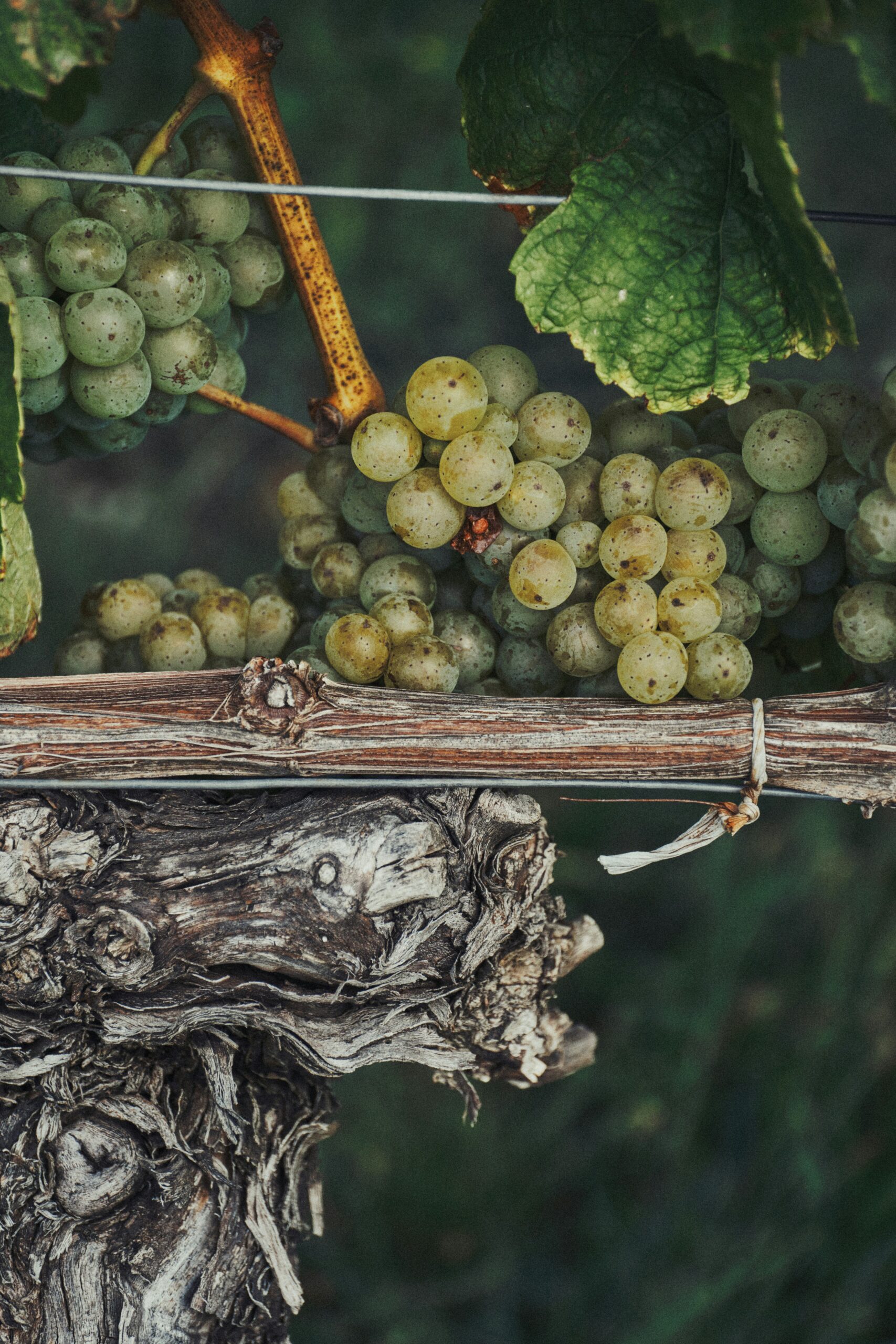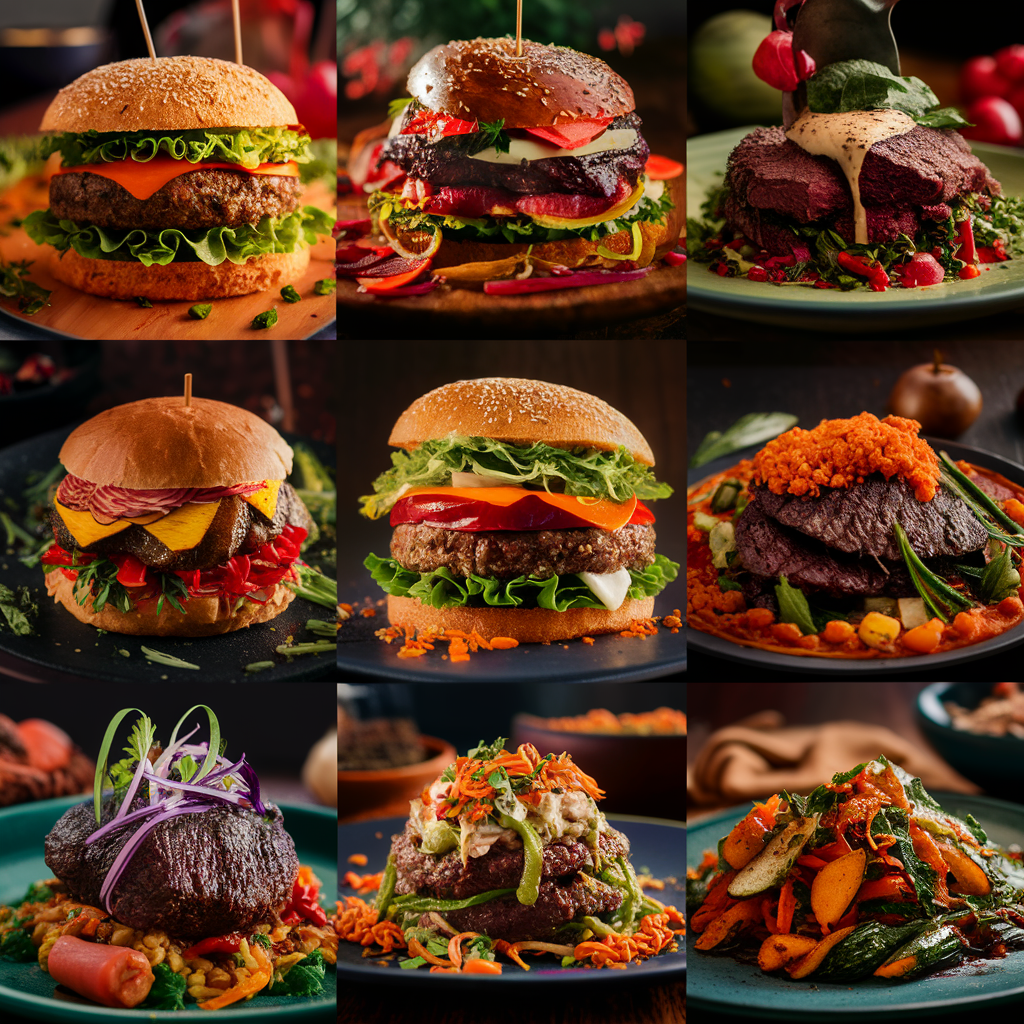Savoring Tradition: Uncovering Family Recipes Passed Through Generations
There’s something undeniably profound about food—its ability to unite, comfort, and tell stories. Family recipes, in particular, carry with them the weight of history, love, and shared experiences. They’re not just dishes; they’re a tapestry woven with memories, traditions, and sometimes a dash of drama. Growing up, my grandmother had a saying that echoed through our kitchen: “If you want to understand a family, just taste their food.” As I reflect on that, it strikes me how true it is. Each dish we prepare bears the fingerprints of our ancestors, their struggles, joys, and the culture that shaped them. But how do we preserve these cherished culinary legacies in an age where fast food often reigns supreme?
The Roots of Family Recipes
Family recipes often have their roots in a specific place and time, often passed down through generations. They can originate from a humble kitchen in a small village, or from urban centers bursting with diverse culinary influences. What makes these recipes so special isn’t just the ingredients or the cooking techniques, but the stories behind them. Take, for instance, my aunt’s famous lasagna. It’s more than just layers of pasta, cheese, and meat; it’s a reminder of our Italian heritage, passed down from my great-grandmother who cooked for her family during tough times in post-war Italy. Each ingredient tells a story, and each bite transports us back to a cherished memory.
Food historian Dr. Lisa L. McKinney explains that these recipes carry cultural significance, serving as a bridge between generations. “When you cook a family recipe, you’re not just following a set of instructions; you’re engaging in a ritual that connects you to your past,” she notes. This connection is vital, especially in a world that often feels fragmented. As we gather around the table to share these meals, we’re partaking in a shared history—one that transcends time.
The Evolution of Recipes
While many family recipes remain unchanged, others evolve. Ingredients can shift due to availability, dietary restrictions, or simply personal preference. For instance, my cousin has taken my grandmother’s cozy chicken soup recipe and transformed it into a vegan delight after adopting a plant-based lifestyle. While purists may balk at such alterations, isn’t it fascinating how these adaptations can keep a recipe relevant? Each tweak can breathe new life into an old tradition, ensuring it continues to be shared and enjoyed.
But let’s be honest—sometimes the original recipes are hard to replicate. I remember attempting to make my grandmother’s apple pie for the first time. I followed her handwritten notes, but somehow, the crust was a disaster (I may or may not have added a bit too much butter). It was a humbling experience, but it taught me that cooking is as much about intuition as it is about precision. There’s an art to it, one that’s often perfected through trial and error. And that’s where the family stories come alive—through each misstep and triumph in the kitchen.
Collecting Family Recipes
So, how do we go about preserving these culinary gems? One approach is to document them. Whether it’s through a handwritten recipe book, a digital archive, or a family website, collecting these recipes creates a tangible legacy. I once spent an entire weekend visiting family members, armed with my trusty notebook, gathering their favorite recipes and the stories behind them. The process was enlightening—each recipe came with a narrative that added depth and context to the dish.
Here are some creative ways to gather and preserve family recipes:
- Recipe Cards: Create personalized recipe cards that include not just the ingredients and instructions, but also a story or memory associated with the dish.
- Cooking Sessions: Host family cooking days where everyone prepares their favorite dish together. This not only creates new memories but also allows for a wealth of knowledge to be shared in real time.
- Digital Archives: Use online platforms to create a digital cookbook. You can include photos, videos, and even voice recordings of family members sharing their culinary wisdom.
- Family Gatherings: Make it a tradition to cook and share a family recipe at every family gathering. It can become a delightful ritual that everyone looks forward to.
In my own family, we’ve adopted the cooking session approach. Every Thanksgiving, we gather to prepare my grandmother’s stuffing. The kitchen fills with laughter, the aroma of savory herbs wafts through the air, and we reminisce about past Thanksgivings, often with a few embarrassing stories thrown in for good measure. It’s these moments that solidify our bond, turning cooking into a cherished family ritual.
The Role of Technology
In our tech-savvy age, the role of technology in preserving family recipes cannot be overlooked. Apps and websites allow families to compile recipes easily, share them across generations, and even tweak them as needed. Online platforms like Family Recipe Box and My Family Cookbook encourage users to upload their culinary treasures, making it easy to access these recipes no matter where you are. It’s like having a family cookbook that fits in your pocket!
However, there’s a bittersweet aspect to this convenience. As we digitize these recipes, will we lose the tactile experience of flipping through a well-worn recipe book, stained with flour and remnants of previous cooking adventures? Some traditions are worth holding onto, and the act of physically writing down a recipe can evoke a sense of connection to those who came before us. It’s a delightful paradox—technology can both preserve and change how we experience food.
Food as a Reflection of Identity
Food often serves as a reflection of identity, encapsulating cultural heritage, personal experiences, and familial bonds. For many, the act of cooking family recipes is a way to honor their ancestry and keep cultural traditions alive. As cultural anthropologist Dr. Margaret Liu notes, “Food is a powerful medium for conveying identity. It encapsulates who we are, where we come from, and how we relate to each other.”
Consider the traditional dishes that emerge from various cultures—each one tells a story. From the spicy kimchi of Korea to the comforting matzo ball soup of Jewish heritage, these meals are often laden with symbolism. They represent struggles, celebrations, rituals, and even the mundane aspects of daily life. In a way, cooking these meals can be an act of resistance against the homogenization of culture.
As we navigate our modern lives, it’s essential to reflect on how our family recipes shape our identities. My family’s recipes, for instance, are steeped in Italian-American culture. They remind me of my great-grandparents who immigrated to the United States, bringing with them not just their culinary traditions, but also their dreams and aspirations for a better life. Cooking these dishes allows me to honor that legacy and keep our cultural identity alive.
The Quest for Authenticity
In our quest to preserve family recipes, we sometimes encounter the idea of authenticity. What does it mean to create an “authentic” dish? Is it merely about following a recipe to the letter, or is there more to it? How do we define authenticity in an age where fusion cuisine is celebrated, and culinary boundaries are constantly blurred?
For some, authenticity lies in the strict adherence to traditional methods and ingredients. For others, it’s about the spirit of the dish—what it represents, and how it brings people together. I once had a spirited debate with my friends about whether a certain pasta dish could truly be called “authentic” if it used store-bought sauce instead of homemade. In the end, we agreed that, as long as the dish brought joy and satisfaction, it could be deemed authentic in its own right.
This conversation led me to ponder the broader implications of food authenticity. Should we be gatekeepers of tradition, or should we allow for evolution and adaptation? The culinary world thrives on exploration and innovation. While it’s essential to honor our roots, it’s equally vital to embrace the evolution of cuisine as a living, breathing entity—one that adapts to the times while preserving the essence of tradition.
Culinary Traditions Across the Globe
As we delve deeper into the world of family recipes, it’s essential to recognize how diverse and rich these culinary traditions are across the globe. Each culture has its unique way of preserving and sharing food traditions. Here’s a brief glimpse into how different cultures approach their family recipes:
- Italian: In Italy, family recipes are often closely guarded secrets, passed down through generations. The act of cooking is seen as a communal activity, where family members gather to share and teach.
- Mexican: Mexican cuisine is a vibrant tapestry of flavors and techniques. Recipes are often learned through hands-on experience, as older generations teach younger ones the importance of fresh ingredients and traditional methods.
- Indian: In India, family recipes are often accompanied by stories of festivals, rituals, and family gatherings. Cooking is a way to maintain cultural identity and connect with one’s roots.
- Middle Eastern: Middle Eastern cuisine is steeped in history, with recipes often passed down alongside tales of migration and survival. The communal nature of meals reinforces familial bonds.
Each of these culinary traditions serves as a reminder of the power of food to connect us, transcending borders and cultures. It’s fascinating to see how, despite our differences, the act of sharing a meal remains a universal language.
Challenges in Preserving Family Recipes
Despite the deep-rooted significance of family recipes, preserving them comes with its own set of challenges. One of the most pressing issues is the fading interest in home cooking. As lifestyles evolve and time becomes a luxury, many families find it easier to rely on takeout or pre-packaged meals. The art of cooking, once considered an essential life skill, is increasingly being lost.
Moreover, with families becoming more geographically dispersed, the opportunity to gather and share these culinary treasures diminishes. I’ve often thought about how my niece, who lives thousands of miles away, may not have the opportunity to learn my grandmother’s recipes firsthand. It’s disheartening, especially when you consider the wealth of knowledge that could be lost.
To combat these challenges, some families have taken creative steps to ensure their culinary traditions endure. Virtual cooking classes, for instance, have become a popular way to connect and share recipes despite physical distance. I recently attended a virtual pasta-making class with my family, where we all cooked together in our respective kitchens. It was a delightful experience, and I couldn’t help but feel connected to my roots, even from afar.
The Future of Family Recipes
As we look to the future, the importance of family recipes remains unwavering. They are not merely relics of the past; they are living traditions that continue to evolve and adapt. The challenge lies in how we choose to embrace and preserve these culinary legacies in a rapidly changing world.
Perhaps the key is to strike a balance between tradition and innovation. By honoring our family recipes while also allowing for creativity and adaptation, we can ensure that these dishes remain relevant. After all, food is not static; it evolves with us, reflecting our changing tastes and experiences.
Ultimately, the journey of uncovering and savoring family recipes is about more than just food. It’s about connection—connection to our heritage, to one another, and to the stories that shape our identities. As I reminisce about my family’s culinary adventures, I’m reminded that cooking together is a celebration of love, laughter, and the unbreakable bonds that tie us to our past.
Conclusion: A Culinary Legacy
In a world that often feels chaotic and disconnected, family recipes offer a comforting reminder of where we come from. They carry the whispers of our ancestors, the laughter of shared meals, and the warmth of love served on a plate. As we gather around the table to savor these dishes, we’re not just nourishing our bodies; we’re nourishing our souls.
So, the next time you find yourself in the kitchen, whether you’re whipping up a family favorite or trying out a new recipe, take a moment to reflect on the stories behind the food. Embrace the imperfections, celebrate the triumphs, and most importantly, savor the connections that make each bite a testament to the rich tapestry of our culinary heritage.




